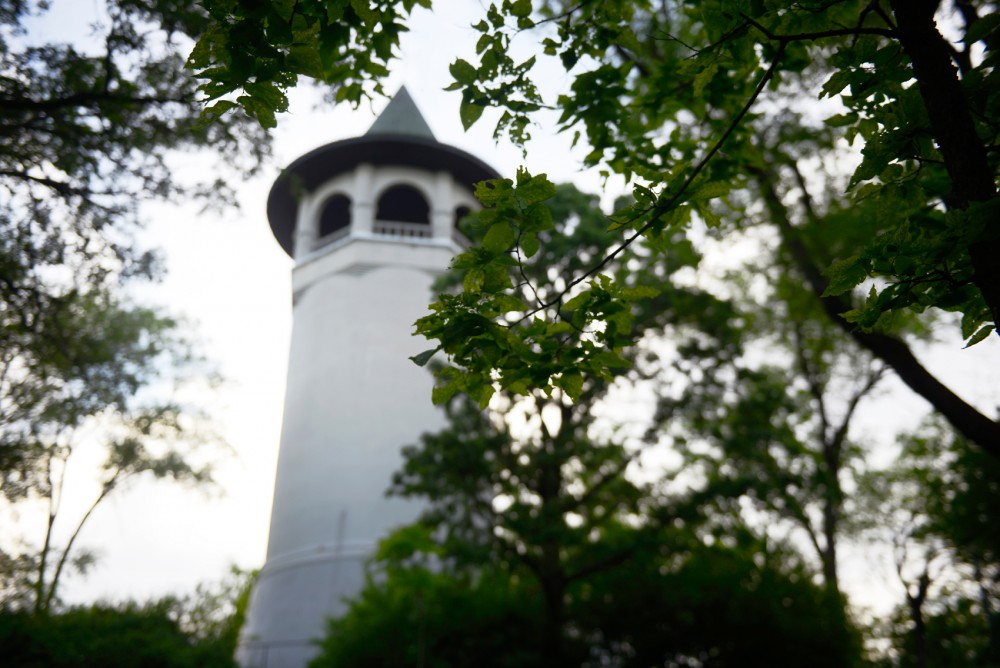Concerns about rapid development in Prospect Park have inspired efforts to preserve the existing layout of the neighborhood.
Members of the Prospect Park Association (PPA) will meet with city staff Wednesday to discuss designating part of the neighborhood as a conservation district. A conservation district in Prospect Park, which would be the first of its kind in Minneapolis, would regulate the size and demolition of properties. Developers would need approval from the Heritage Preservation Commission before building or demolishing property in the district.
The proposed district would encompass Clarence Avenue Southeast and Seymour Avenue Southeast from Southeast Orlin Avenue to Clarence Avenue Southeast.
Despite similar discussions several years ago, PPA board member Joe Ring said recent concerns about the Vermilion Development’s Art and Architecture project have sparked actions. Some residents worry developments like Vermilion’s will negatively impact the property values of single-family homes, prompting more developers to come in and risking the historic status of the neighborhood, Ring said.
“The desirability of a single-family dwelling on Clarence, once the Art and Architecture project is completed and it goes 13 stories high, becomes less desirable. So their property values would actually drop,” Ring said. “Some of the property owners already know that if that project goes forward, their property values, they’re being told by realtors, would drop 20 percent.”
But Vermilion Minnesota development director Ari Parritz said he has not seen any data to prove this would be the case.
“We fundamentally disagree with the notion that houses are going to lose value because there’s a new development in their neighborhood, even close to them,” Parritz said.
Parritz said new developments can help increase property values by raising the property tax base of the neighborhood and bringing in new amenities.
Creating a conservation district requires signatures from one-third of property owners in the designated area in order to bring discussion to city planners. Ring said he has collected more than half of property owners’ signatures in preparation for the meeting with city staff.
If the request moves forward, property owners and city planners would draft guidelines for a district together. These guidelines require signatures from two-thirds of property owners. This means it’s important that residents understand how the district would change the neighborhood, said PPA board member Bob Roscoe.
“And especially in my experience in historic preservation, if people don’t understand it, they don’t like it,” Roscoe said. “But I think we still have to make sure that the people in the district, the property owners, really know what’s involved.”
The Historic Preservation Commission and city council would then vote on the conservation district.
A conservation district is almost like a “historic district lite,” Ring said, meaning its regulations on housing are less stringent than a historic district.
“You could paint your house anything you want, or your building; you could put on siding, you could put in windows that might not be allowed in a regular historic district,” Ring said. “[A conservation district’s] mainly concerned with the preservation of the size, the mass of the structure and any major changes that take place to the front facade.”








